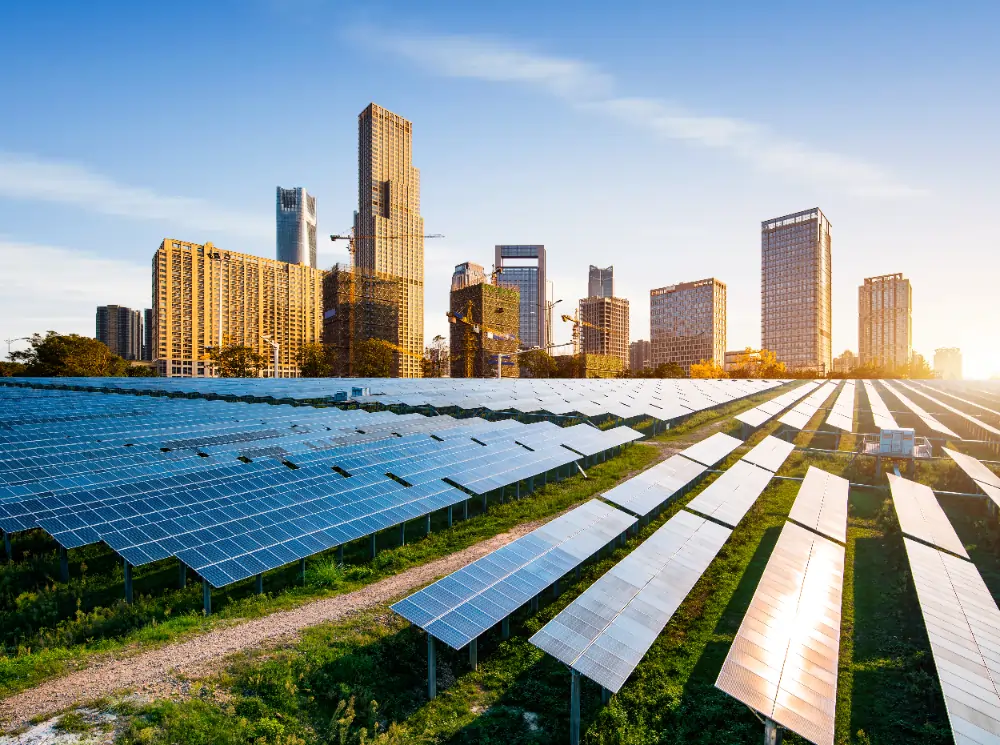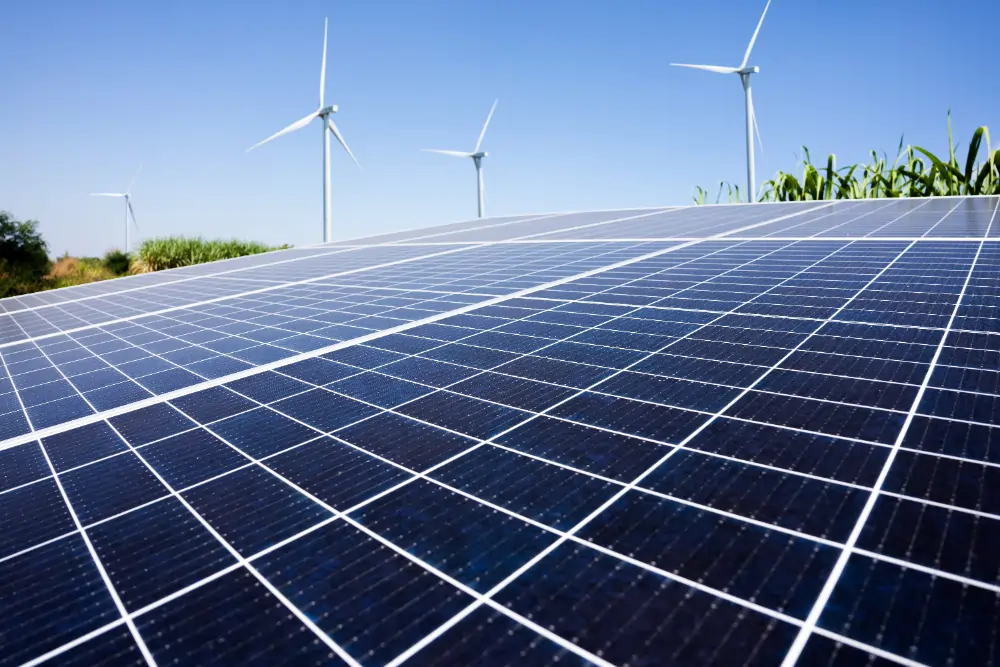Lorem ipsum adipiscing purus fermentum. Praesent vitae quam sed...


New developments are taking renewable energy not as an option but as a need. Building owners in New York City may now take into account some of the alterations on their part for the use of solar power. More than a promise of simple savings is presented by solar power, and that is environmental safety. However, there is a great need for technical, structural, and regulatory studies on your property before installing such systems.
A solar feasibility study is the most important step taken at the initial point of determining whether your building can take on solar power effectively. What does it mean? Let's walk through some points by going along with NYC's energy conservation regulation and Article 321 along with this blog.
A solar feasibility study is an in-depth analysis of whether your building can bear and carry the installation of the solar power system. It includes the following:
This solar feasibility study serves as an investment decision-making tool for a building investor concerning the investment in solar.
A building's solar readiness is highly important before any system can be installed. This is due to the following factors.
Although sloping roofs are not so favorable, the design of the roof, types of materials, and age permit sloping rooftops to be manageable for solar installation as well. Readiness depends on the type of materials and age of the roof.
Installation of solar panels will put a weight on the building. Hence, structural analysis, which ensures your roof is safe under such weight distribution, is thus necessary.
This will depend on your building location in relation to the other structures and trees around. Panels work best when there is very little shading and are installed in a south direction.
There is research on current and future uses. Therefore, your system will come in the right size for your building.
Evaluation of these factors will make the process of solar installation smooth and efficient while ensuring the highest efficiency in terms of energy savings.
A solar power assessment basically looks at the real benefits and feasibility of solar power for your building. Among these, the most important aspects include the following:
It calculates in detail the amount of power the solar panels can produce at your building site based on the amount of sunlight it is exposed to.
It reduces carbon emission, which, in turn, results in this aspect and thus meets the sustainable goals set by NYC and abides by Local Law 97.
A solar power assessment tells you how much you can save on electricity bills, and NYC has many incentives that can make it cheaper, such as rebates and tax credits.
This will tell if your electrical systems in a building can co-exist with your solar system, thus making them integrated.

Article 321 of the NYC places energy-saving concerns for covered buildings above emissions reduction and efficiency improvements. The article mainly comprises the following:
Article 321 is a requirement on the side of building owners in terms of enhanced energy performance, which further cuts emissions. Article 321 falls under Local Law 97 of NYC, which is climate law for New York City in the future.
Article 321 grants building owners two direct relief means of the requirement as follows.
All these regulations will save one from penalty and, most importantly, make energy use more efficient and sustainable for your building.
Here are some of the benefits of solar power.
The city of New York is now developing to become a climate leader. The city has its goal to reduce greenhouse gas emissions down to 80% by 2050. Such a building will fall under the regime as efficiency and emission standards would get tougher while allowing the consumption of solar energy.
It becomes one of the good investments the building owners are to make, considering the way it happens, both in becoming a demand for regulation and generally in the purpose of sustainability.
It is a step toward cost-saving and commitment to the environment as well as future-proofing one's building. A proper solar feasibility study readies your building to be prepared in both structure and finances for the adoption of solar energy. It is probably one of those options that would be pretty practical and more implementational since there has already been a stipulation that New York City had set ambitious targets about emissions through Article 321 and Local Law 97 of the law in the conservation of energy within its jurisdiction.
Therefore, it will save energy for a lower amount over time, enhance its property value, and leave less of a carbon footprint than other alternatives in the long run.
Invest in solar power and make NYC greener while securing the operational and financial benefits of renewable energy for your building. Now's the time: measure your building's potential and take control of the future of energy today.
Lorem ipsum adipiscing purus fermentum. Praesent vitae quam sed...
Lorem ipsum adipiscing purus fermentum. Praesent vitae quam sed...